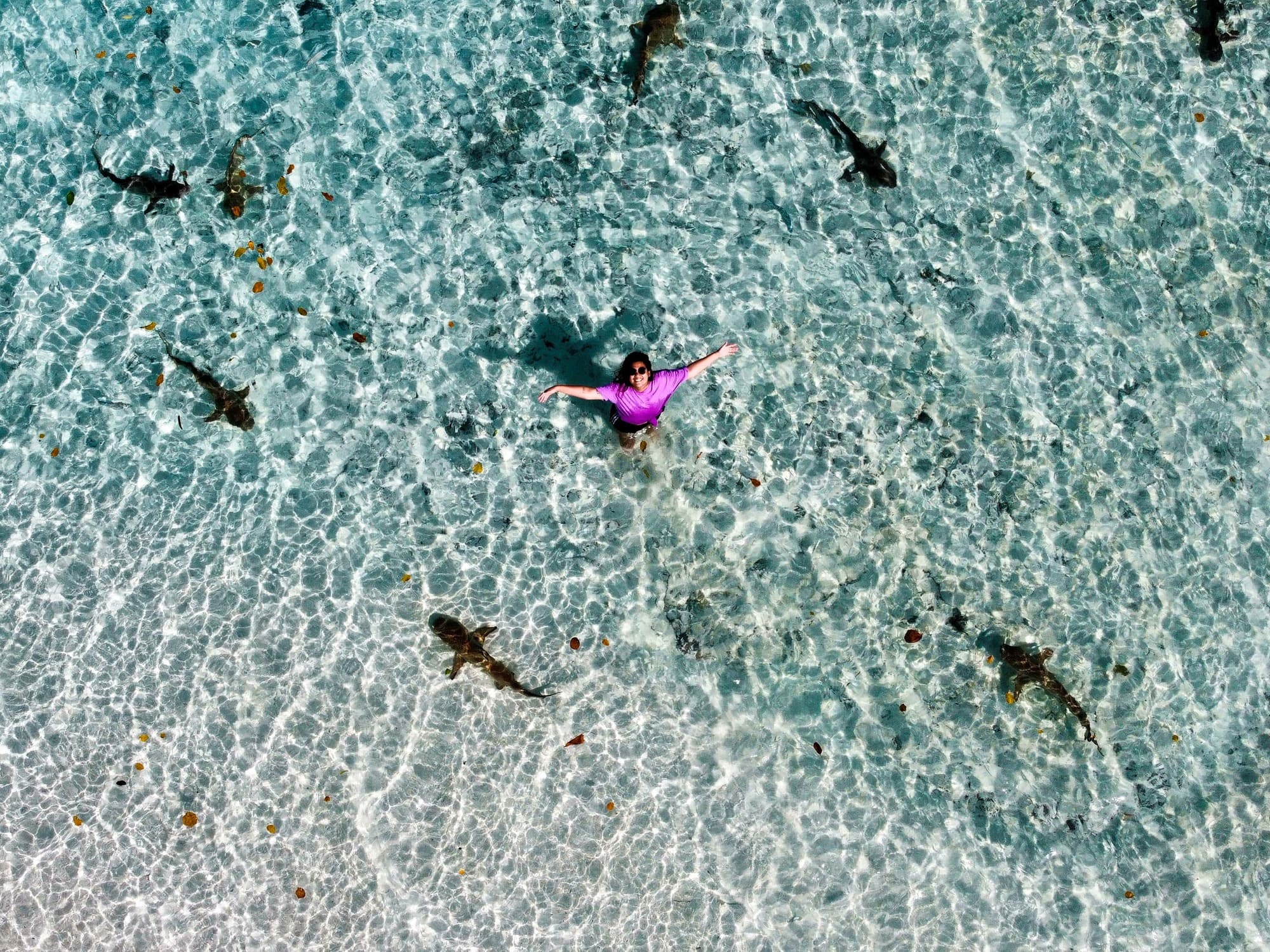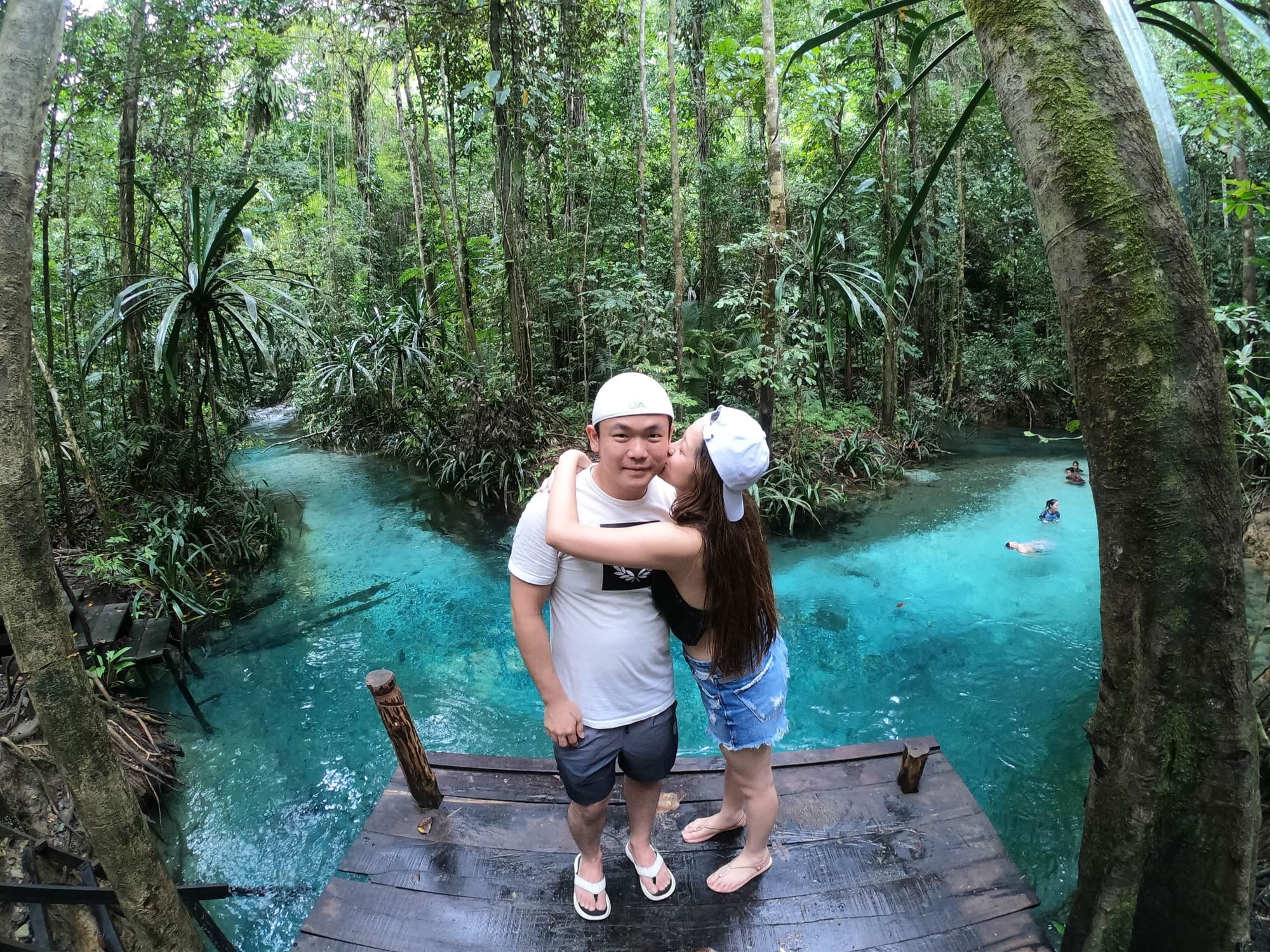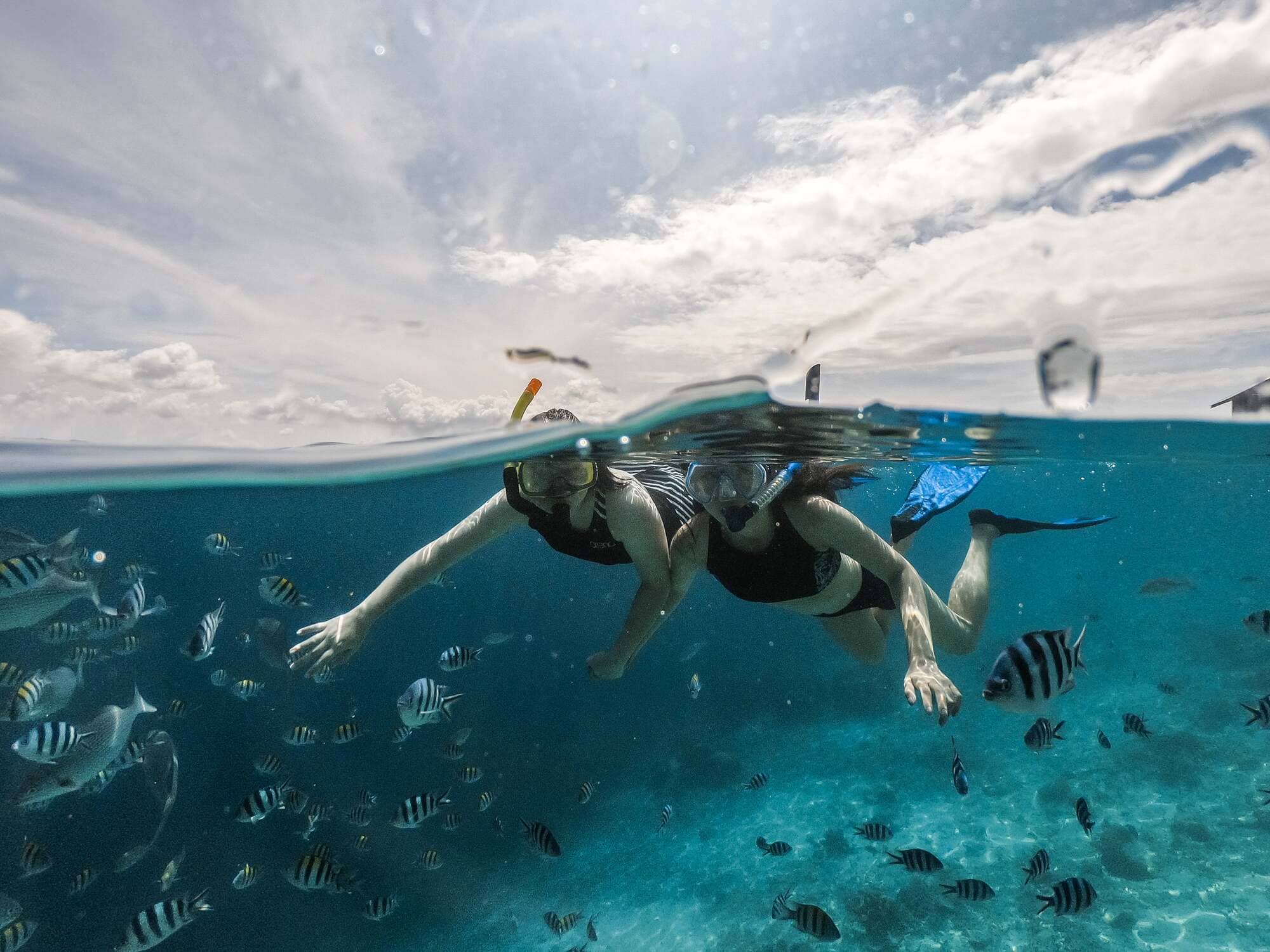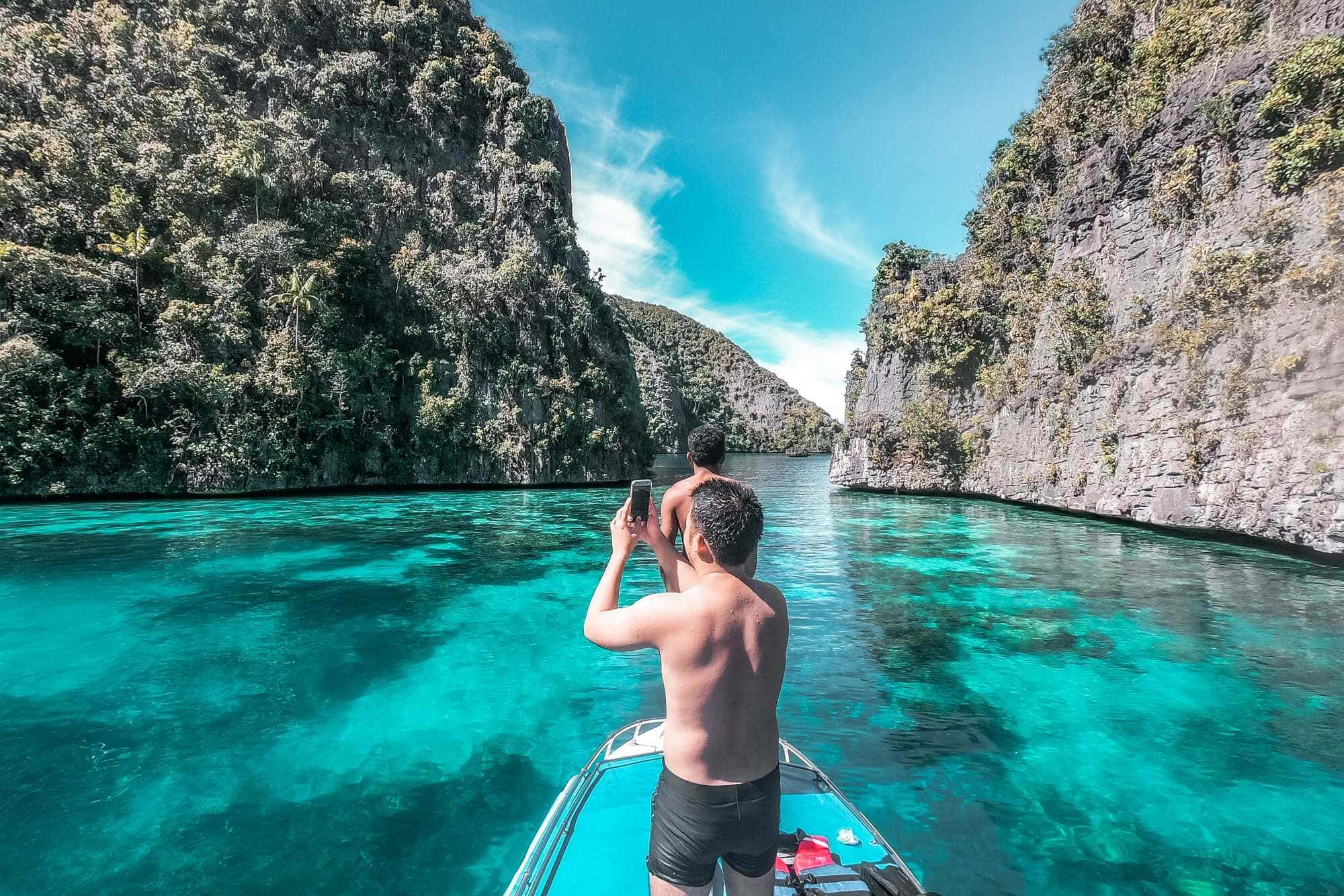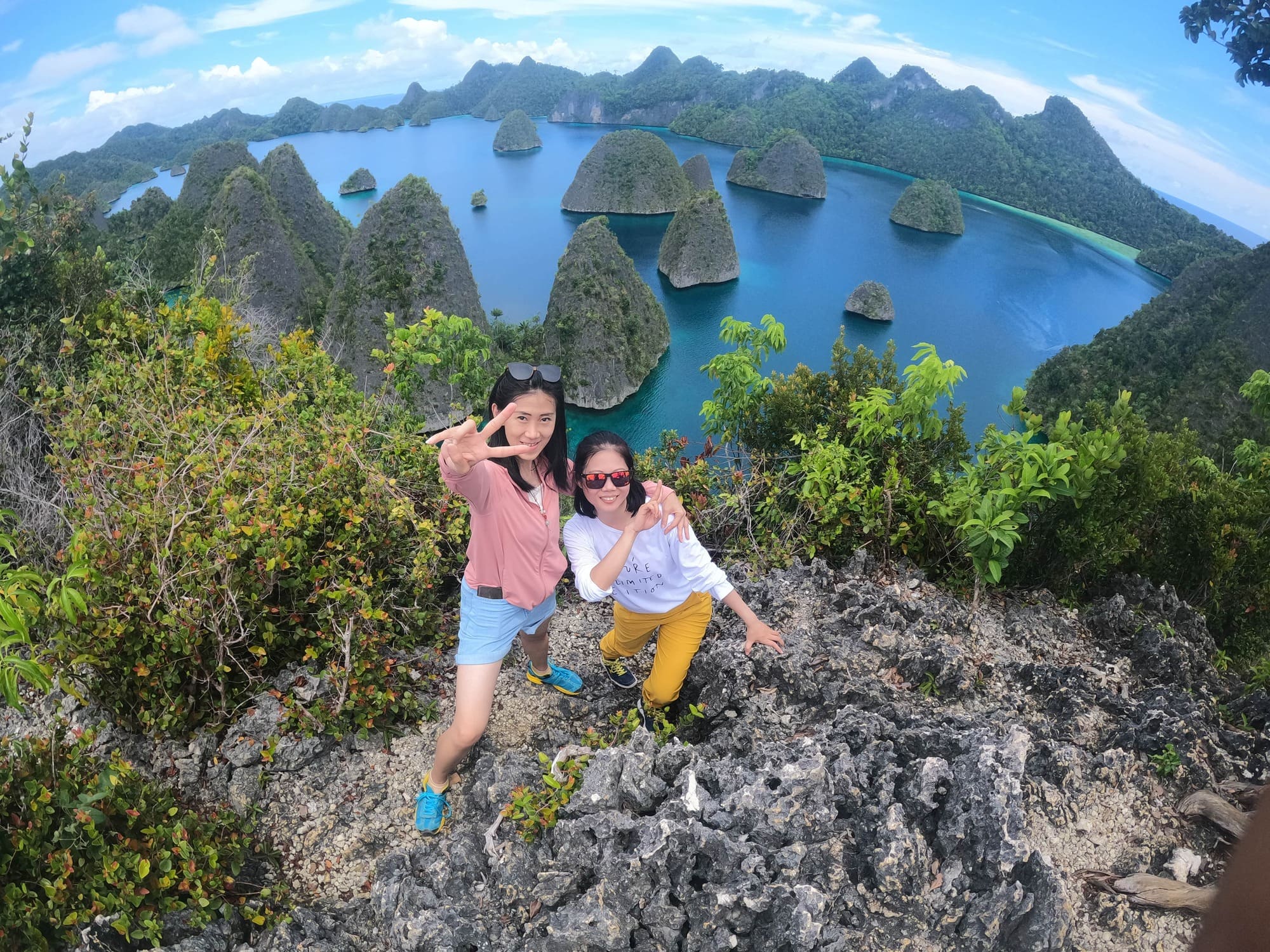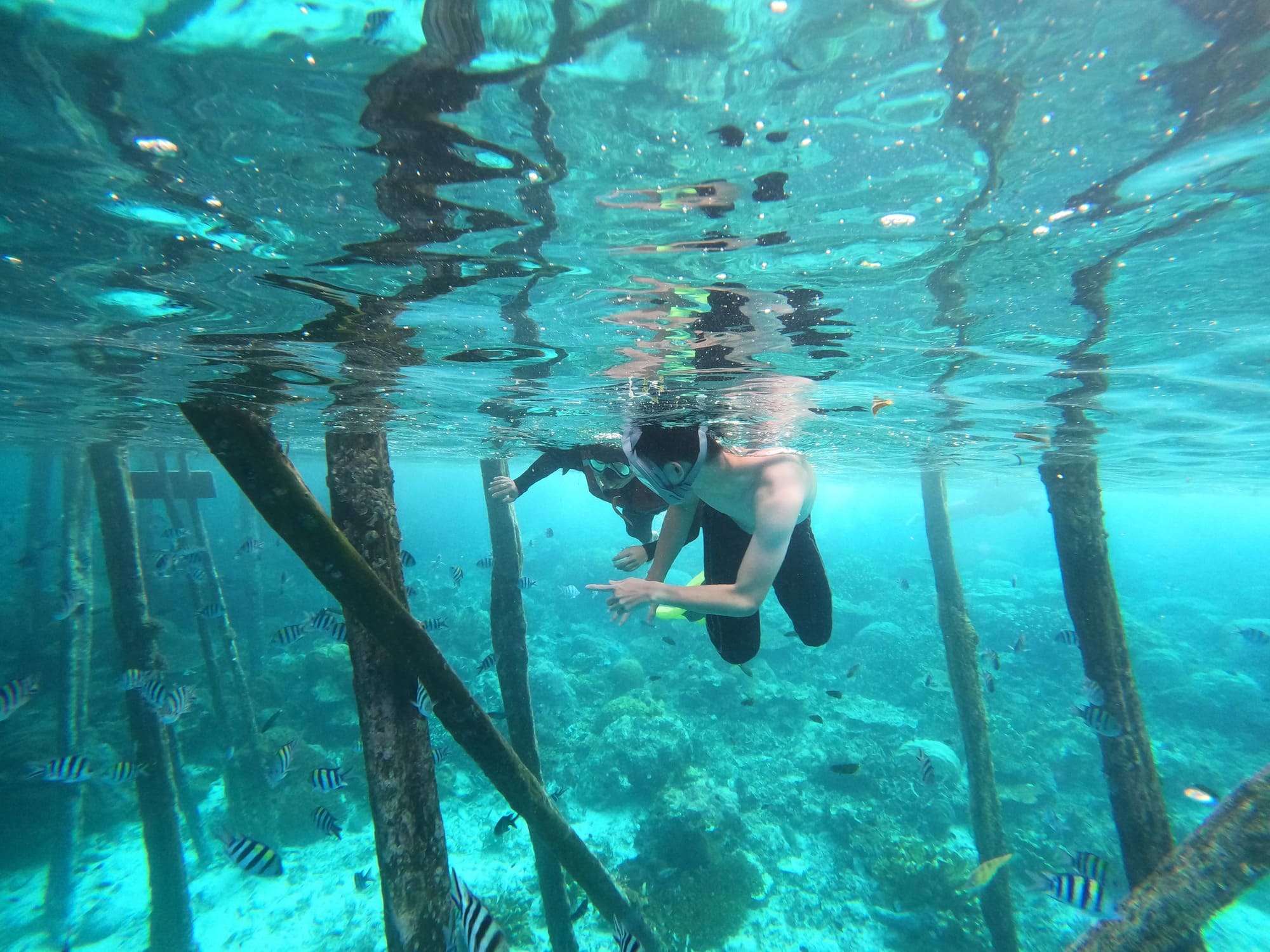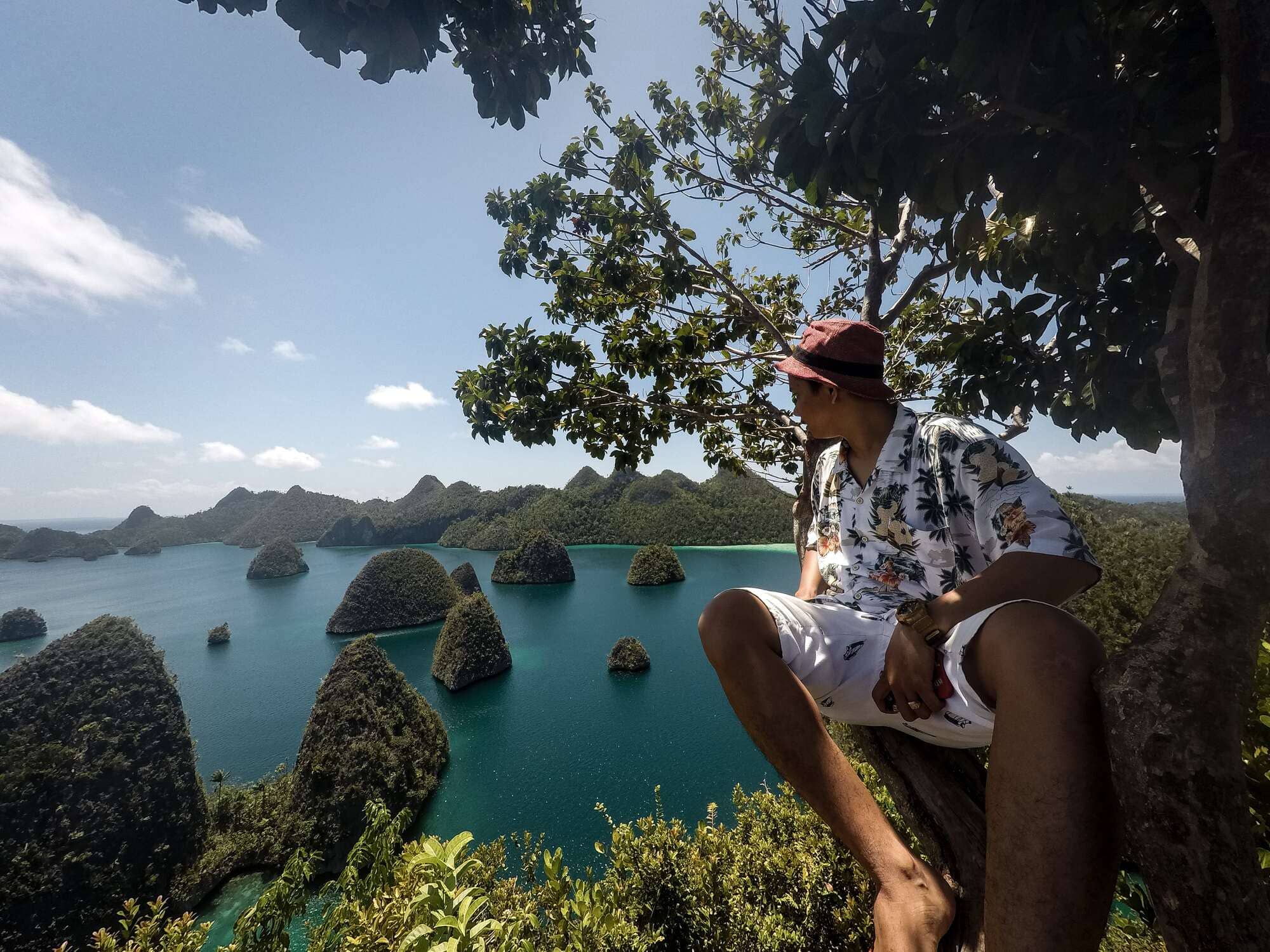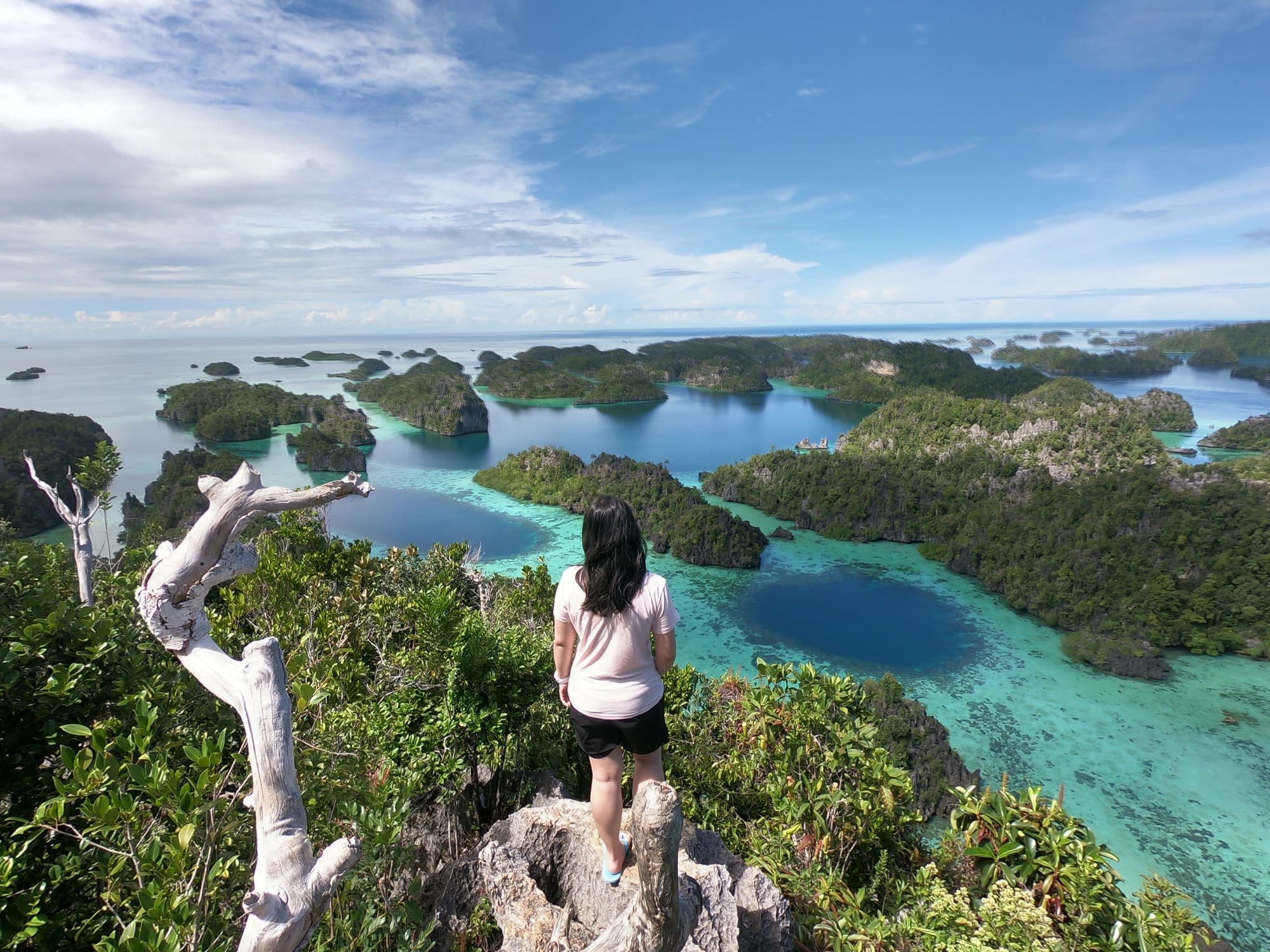Explore the unknown, enjoy breathtaking landscapes and discover in the world’s richest marine ecosystems. Inspired by a sense of adventure, Nayara’s bespoke itineraries are curated to showcase the diversity of the Indonesian archipelago and celebrate its natural heritage.
From coveted highlights like Komodo National Park to Raja Ampat, to the lesser-known Maluku Islands, diving with whale sharks at Cendrawasih, or exploring the hidden coves of Alor and Wakatobi, every voyage with Nayara is designed to accommodate the wanderlust of our guests.
Komodo
Komodo National Park is a stunning and unique protected area located in Indonesia. It was established in 1980 and was later designated as a UNESCO World Heritage Site in 1991. The park encompasses a group of islands, with the main ones being Komodo, Rinca, and Padar, as well as several smaller ones. It’s renowned for its incredible biodiversity and distinctive inhabitants, most notably the Komodo dragon, the world’s largest living lizard. The park is home to the famous Komodo dragons (Varanus komodoensis), which are ancient reptiles that can grow up to 10 feet (3 meters) in length and weigh over 150 pounds (70 kilograms). These carnivorous predators are the dominant predators on the islands and are a major draw for visitors.
The landscape of the park is diverse and captivating, ranging from rugged coastlines and sandy beaches to hilly terrains and savannahs. The islands feature unique flora and fauna, adapted to the challenging environment. The waters surrounding the islands are part of the Coral Triangle, one of the most biodiverse marine areas on the planet. The park boasts rich coral reefs, making it a hotspot for snorkeling and scuba diving enthusiasts. Divers can encounter a vast array of marine life, including various fish species, sharks, sea turtles, and more.
Apart from the Komodo dragons, the park is home to a variety of other wildlife species, including deer, wild boars, water buffalo, and various bird species. The park’s terrestrial and marine ecosystems contribute to its high biodiversity. Komodo National Park was established to protect the endangered Komodo dragons and their habitat, as well as the surrounding marine ecosystem. The park’s designation as a UNESCO World Heritage Site highlights its importance for global conservation efforts.
Diving in Komodo National Park is a truly exceptional experience due to its rich marine biodiversity and stunning underwater landscapes. The park’s location within the Coral Triangle, a region known for its incredible diversity of marine life, makes it a prime destination for divers and snorkelers. The park’s waters are home to a vast array of marine species, including colorful coral reefs, tropical fish, sharks, rays, sea turtles, and more. The nutrient-rich currents that flow through the park contribute to the thriving ecosystem. One of the highlights of diving in Komodo is the opportunity to encounter majestic manta rays. The park is known for its manta ray cleaning stations, where these graceful creatures gather to have parasites removed by smaller fish.
Komodo National Park offers a variety of dive sites catering to different skill levels, from beginners to advanced divers. There are gentle sloping reefs, exhilarating drift dives, and deep underwater pinnacles to explore. Some of the dives in the park are known for their strong currents. While this might not be suitable for novice divers, experienced divers can enjoy thrilling drift dives where they can effortlessly glide past stunning coral walls and encounter large pelagic species. In addition to larger marine species, Komodo’s waters also offer excellent opportunities for macro photography. Small critters like nudibranchs, seahorses, and pipefish can be found amidst the coral formations. The dry season from April to November is generally considered the best time for diving in Komodo National Park, as the weather is more stable and the visibility tends to be better. However, underwater activities are possible year-round.
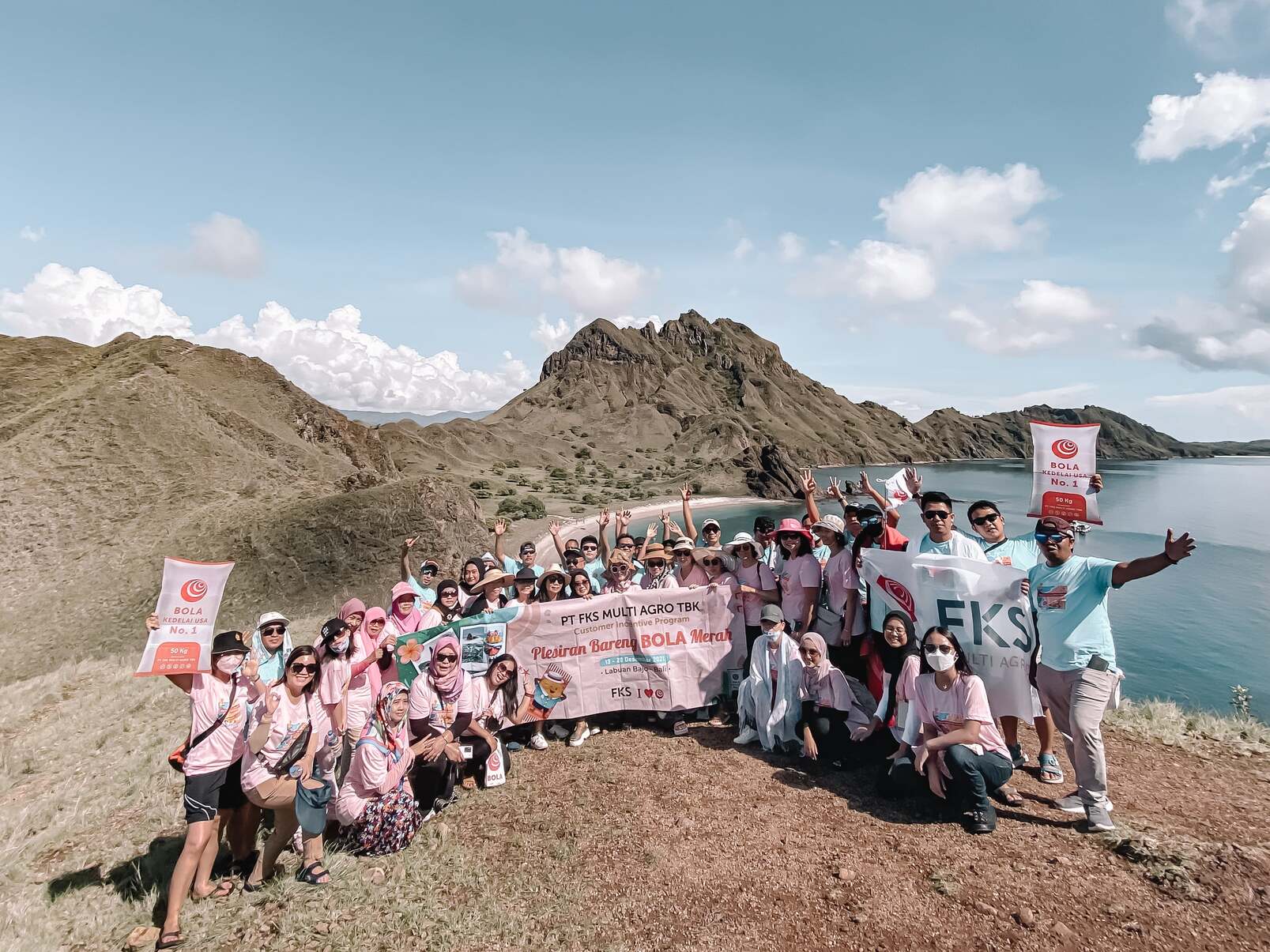



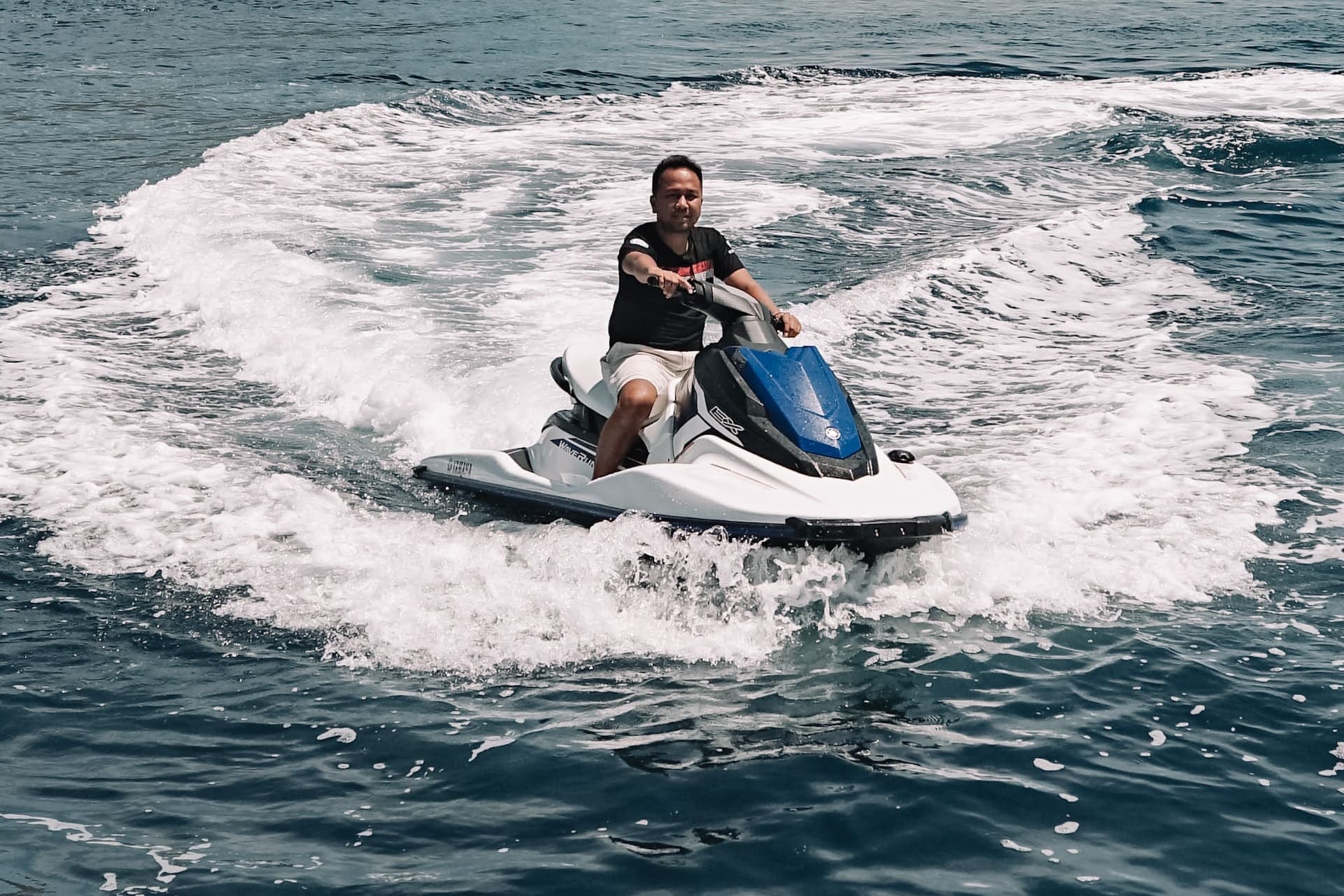



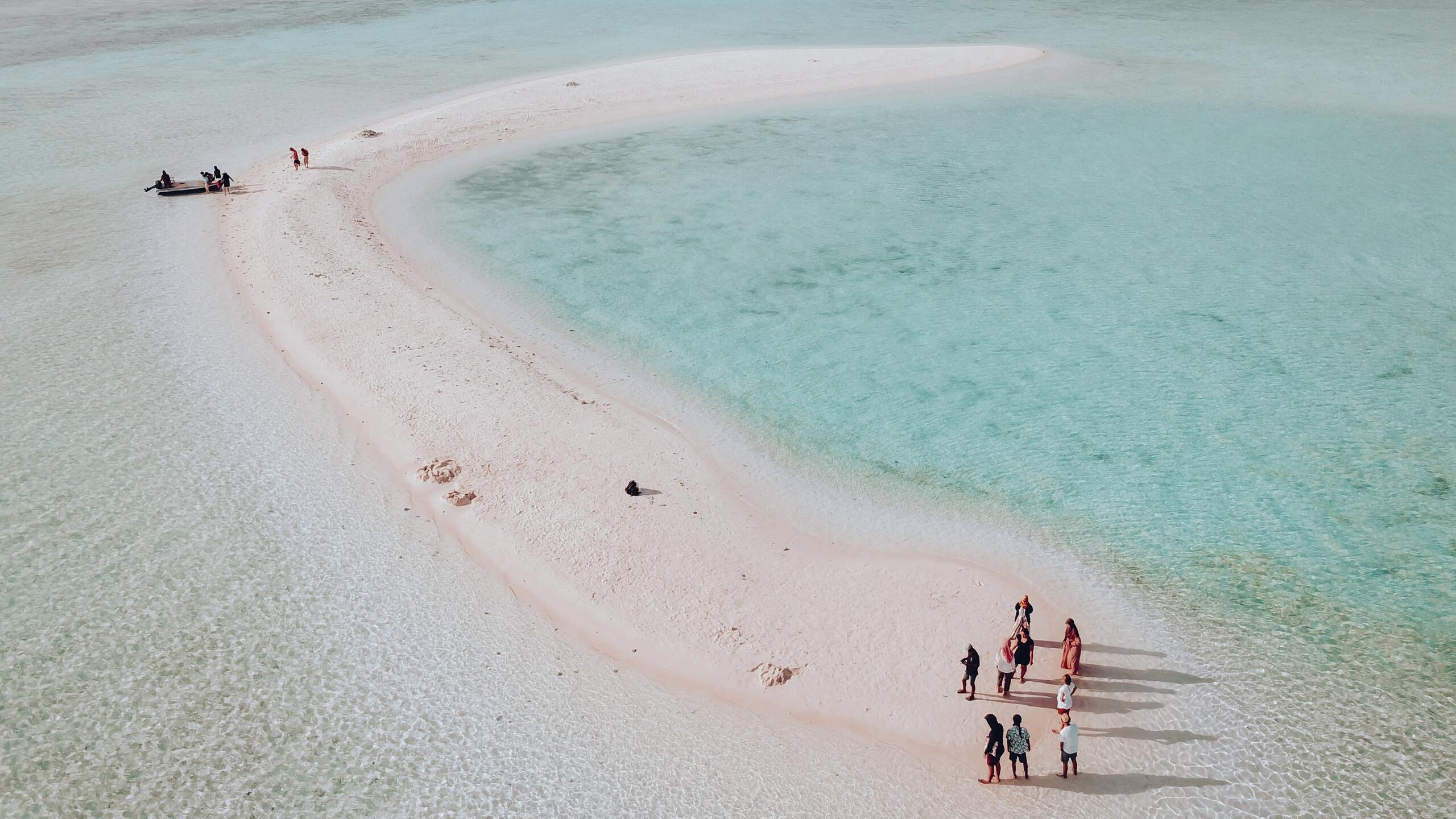



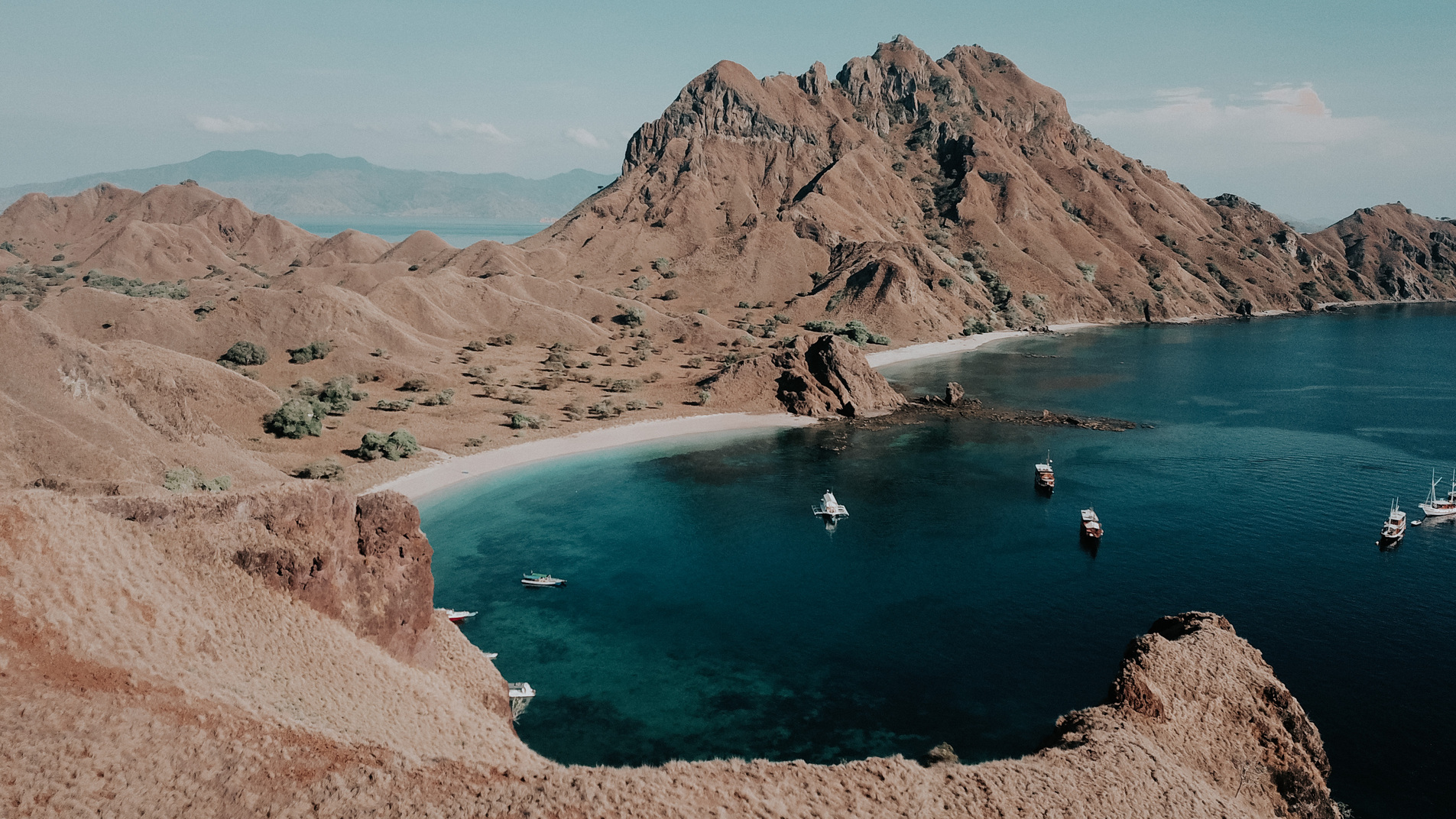



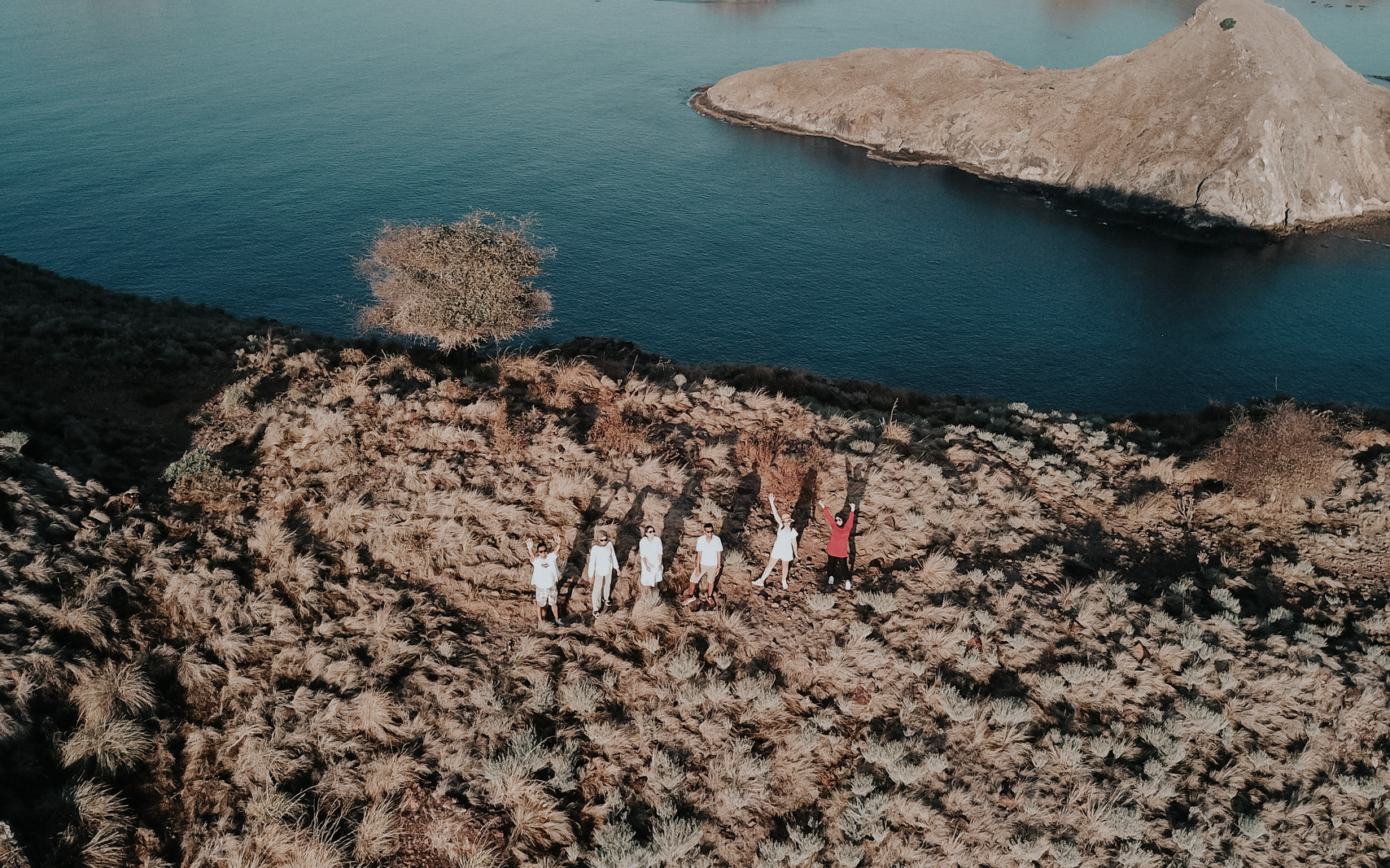



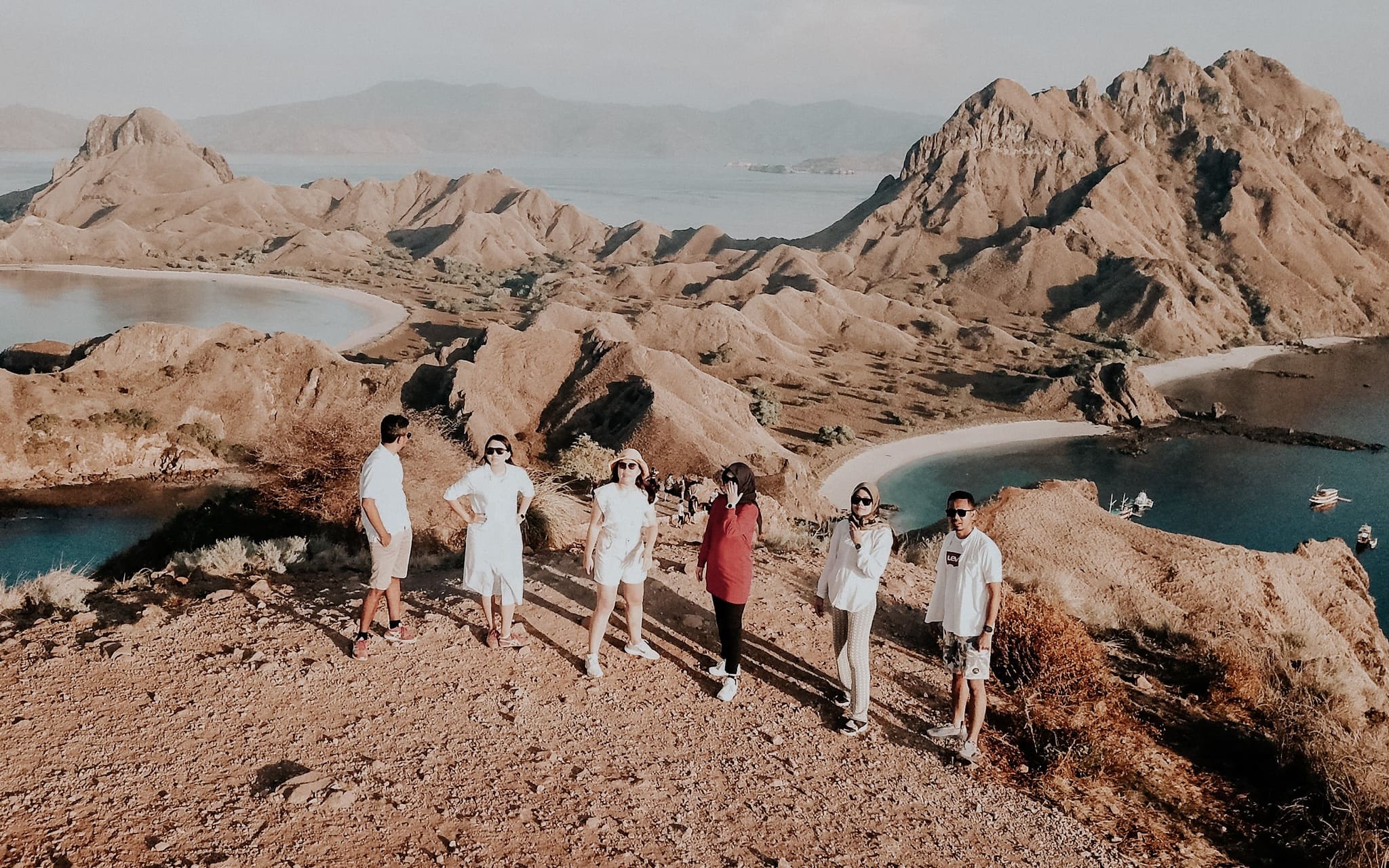







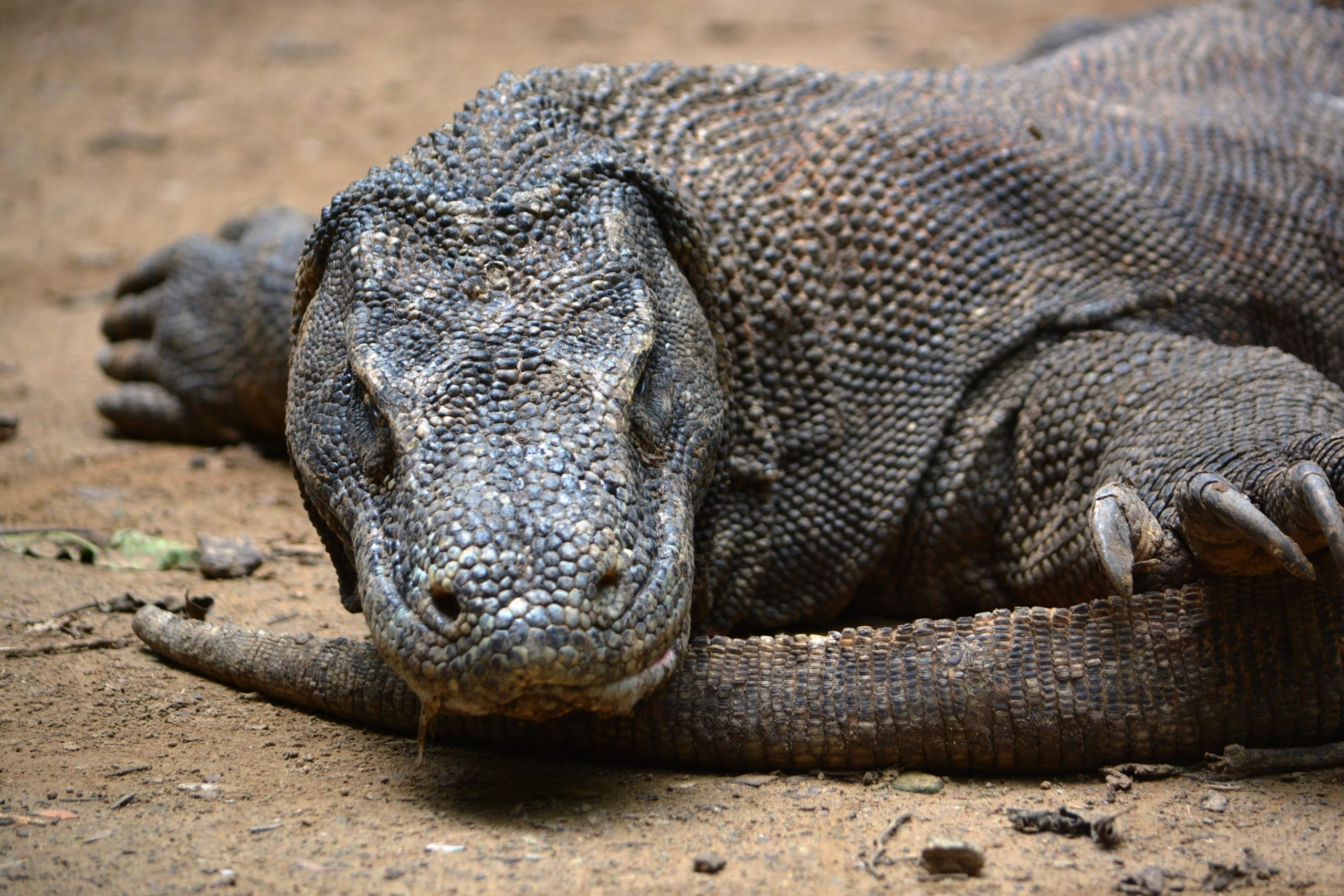



Alor
Alor is an island located in the eastern part of Indonesia, specifically in the Nusa Tenggara region. It’s part of the Lesser Sunda Islands, a chain of islands stretching between Bali and Timor. Alor is known for its stunning landscapes, unique culture, and vibrant marine life, making it a growing destination for travelers seeking both cultural experiences and underwater adventures. Alor is home to various ethnic groups, each with its own distinct culture, language, and traditions. The island’s cultural diversity is reflected in its traditional villages, ceremonies, and handicrafts. Visitors to Alor have the opportunity to experience traditional village life. Many villages maintain their traditional architecture, and you can witness unique rituals, dances, and ceremonies that are an integral part of local life. The waters around Alor are part of the Coral Triangle, a hotspot of marine biodiversity.
The Pantar Strait between Alor and Pantar Island is famous for its strong currents and incredible marine life. Divers can expect to see a variety of fish species, colorful coral reefs, and even the chance to encounter larger marine animals. Alor is gaining popularity among divers due to its pristine and less-visited dive sites. Diving in Alor offers opportunities to see rare critters, beautiful coral gardens, and unique underwater topography. The area is particularly known for its muck diving sites, where divers can find various fascinating macro marine life. Alor is part of the volcanic Ring of Fire. This volcanic activity contributes to the diverse underwater landscapes, including volcanic rock formations and deep drop-offs that attract a wide range of marine species. In addition to its marine attractions, Alor boasts stunning landscapes with lush hills, mountains, and coastal scenery. Trekking and exploring the island’s natural beauty can be a rewarding experience.
Alor is still relatively less developed in terms of tourism infrastructure compared to more popular destinations. This means that visitors can enjoy a more authentic and off-the-beaten-path experience. Diving in Alor, Indonesia, offers a truly remarkable experience for underwater enthusiasts. The island’s pristine waters, diverse marine life, and unique dive sites make it an increasingly popular destination for divers looking for a less crowded and more adventurous dive experience. Alor is particularly known for its exceptional muck diving sites. These sites are characterized by dark sandy bottoms where unusual and often cryptic creatures thrive. Divers can find fascinating macro life such as various species of seahorses, frogfish, pipefish, nudibranchs, and more. Alor’s dive sites can feature varying currents, making it suitable for divers of different skill levels. While some areas have gentle currents, others have more challenging drift dives that allow you to effortlessly explore the underwater landscapes.
The Pantar Strait between Alor and Pantar Island is a key highlight. The currents in this area bring nutrients, attracting a wide range of marine species, from small critters to larger predators. Depending on the dive site and conditions, visibility can vary, but it’s generally good, allowing divers to fully appreciate the underwater scenery. Diving is possible year-round in Alor, but the dry season from April to November is generally considered the best time, as the weather is more stable and conditions are optimal.
































Banda Neira
It seems like you’re mentioning “Banda.” If you’re referring to Banda Islands, also known as the Banda Archipelago, it’s another remarkable destination in Indonesia, famous for its history, spice trade, and diving opportunities. The Banda Islands are a group of ten small volcanic islands in the Banda Sea, part of the larger Maluku Islands (Moluccas). The Banda Islands have a rich history, particularly related to the spice trade during colonial times. These islands were once the world’s only source of nutmeg and mace, which were highly sought-after spices in Europe. This history has left a cultural and architectural legacy on the islands. The Banda Islands are known for their stunning natural landscapes, including volcanic peaks, lush vegetation, and pristine beaches. The clear waters surrounding the islands are ideal for diving and snorkeling.
The Banda Islands are a paradise for divers. The surrounding waters are part of the Coral Triangle, offering exceptional biodiversity. Divers can explore vibrant coral reefs, underwater drop-offs, and encounter a wide range of marine life, turtles, colorful fish, including sharks and Hammer head sharks. The islands’ isolation has led to a diverse and unique marine ecosystem. You can find everything from large pelagic species to tiny critters like pygmy seahorses and nudibranchs. Some dive sites offer opportunities for both macro and wide-angle photography. Diving around Banda Neira, the main island of the Banda Islands in Indonesia, is a remarkable experience for divers and underwater enthusiasts. The area’s historical significance, vibrant marine life, and unique underwater landscapes make it a sought-after diving destination. The waters surrounding Banda Neira offer a variety of dive sites suitable for different skill levels. Whether you’re a beginner or an experienced diver, there are options to match your comfort and expertise. The visibility around the Banda Islands is generally excellent, allowing divers to fully appreciate the underwater landscapes and marine life. Banda Neira’s mix of historical charm, local culture, and exceptional diving makes it a truly unique destination that caters to a wide range of interests. While Banda Neira is relatively remote, it’s reachable by air and sea. You’ll likely need to take a flight to Ambon and then a boat or ferry to the Banda Islands.
When planning your diving trip to Banda Neira, consider the best time to visit in terms of weather and underwater conditions. The diving season typically aligns with the dry season, from April to November. Remember to follow responsible diving practices to ensure the preservation of the underwater environment for future generations of divers to enjoy.
































Raja Ampat
Raja Ampat is an awe-inspiring and world-renowned archipelago located in West Papua, Indonesia. It is often referred to as a paradise for divers, snorkelers, and nature enthusiasts due to its unparalleled marine biodiversity, stunning landscapes, and vibrant coral reefs. Here’s an overview of what makes Raja Ampat so special. Raja Ampat is situated in the heart of the Coral Triangle, which is known as the epicenter of marine biodiversity. The region is home to an astonishing variety of marine life, including numerous species of coral, fish, mollusks, and more. The underwater landscapes of Raja Ampat are mesmerizing. The crystal-clear waters showcase a kaleidoscope of coral formations, vibrant fish, and fascinating marine creatures. The dive sites range from shallow reefs to dramatic drop-offs and pinnacles. Raja Ampat is considered one of the best diving destinations in the world. Divers and snorkelers can explore a diverse range of underwater ecosystems, from coral gardens to mangroves. The marine life includes pygmy seahorses, manta rays, sharks, turtles, and even rare critters like the Walking Shark. The coral reefs in Raja Ampat are some of the healthiest and most diverse on the planet. The archipelago’s isolation and limited human impact have contributed to the preservation of these remarkable ecosystems. The iconic Wayag Islands are often associated with Raja Ampat’s stunning scenery. The islands are known for their dramatic karst limestone formations, turquoise waters, and breathtaking viewpoints. Raja Ampat is a year-round destination, with each season offering unique advantages. The dry season from October to April is popular for its calm seas and good visibility, while the wet season from May to September can offer more challenging diving conditions but also the opportunity to see more marine life. It’s essential to approach a visit to Raja Ampat with responsible and sustainable tourism practices in mind. This includes respecting the local culture, adhering to diving guidelines, and minimizing your environmental impact to help protect the delicate ecosystems that make Raja Ampat so extraordinary. Diving in Raja Ampat is a once-in-a-lifetime experience for many underwater enthusiasts. The archipelago’s pristine waters, unparalleled marine biodiversity, and stunning underwater landscapes make it a top destination for divers and snorkelers from around the world.
Here’s what you can expect when diving in Raja Ampat:
The coral reefs of Raja Ampat are considered some of the most beautiful and diverse in the world. These reefs are home to numerous species of hard and soft corals, creating a kaleidoscope of colors and shapes underwater. Diving in Raja Ampat offers encounters with an incredible variety of marine species. You can see pygmy seahorses, vibrant reef fish, manta rays, sharks, turtles, and even larger animals like whales and dolphins. Raja Ampat is famous for its manta ray populations. Divers have the chance to witness these graceful creatures at cleaning stations, where smaller fish help remove parasites from their bodies. Many dive sites in Raja Ampat feature mild to strong currents, creating ideal conditions for drift diving. Drifting along the currents allows you to cover larger areas and experience breathtaking underwater landscapes.
Liveaboard boats are a popular way to explore Raja Ampat’s dive sites, as they offer access to more remote and less-visited locations. These multi-day trips provide a unique opportunity to fully immerse yourself in the archipelago’s underwater wonders. While diving is possible year-round in Raja Ampat, the dry season from October to April is considered the best time due to calmer seas and better visibility. Before visiting Raja Ampat, it’s essential to obtain a Marine Park Entry Permit (also known as PIN) as part of the conservation efforts to support the region’s sustainability.
Remember that diving conditions can vary, and safety should always be a priority. Whether you’re a beginner or an experienced diver, the underwater world of Raja Ampat promises unforgettable encounters and breathtaking scenery that will leave you in awe.
